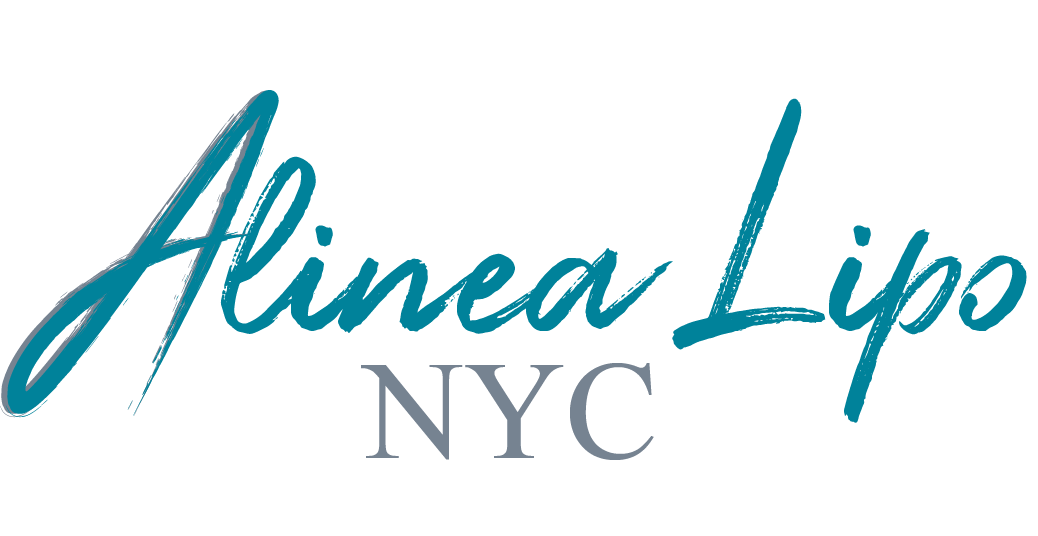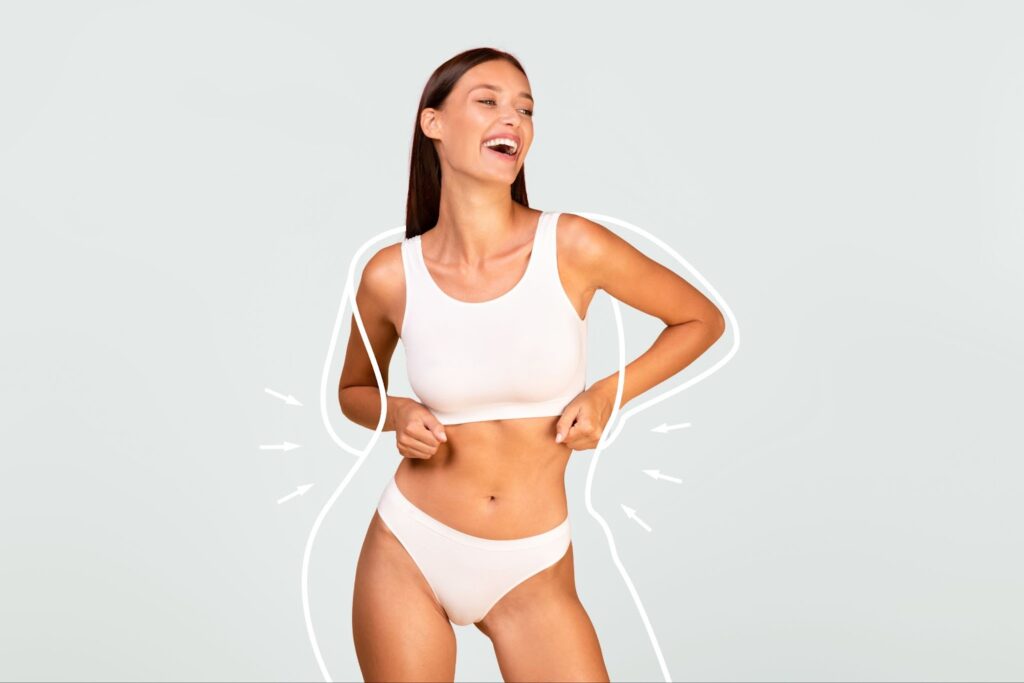
Liposuction procedures are not limited to the stomach or love handles. Today, they can be applied across nearly the entire body, targeting stubborn fat in areas that often resist diet and exercise. What sets modern liposuction procedures apart is the ability to tailor each treatment to specific regions, using tools and techniques suited to the fat type, skin condition, and desired results. This blog walks through the most commonly treated areas, how they differ, and what methods are used to achieve natural-looking results.
What Liposuction Does
Liposuction is a body contouring tool. It is not meant for weight loss or for treating internal fat that wraps around organs. Instead, it targets subcutaneous fat, which is the soft, pinchable fat just under the skin. For individuals who are near their goal weight but have lingering bulges or uneven areas, liposuction procedures can help restore proportion and shape.
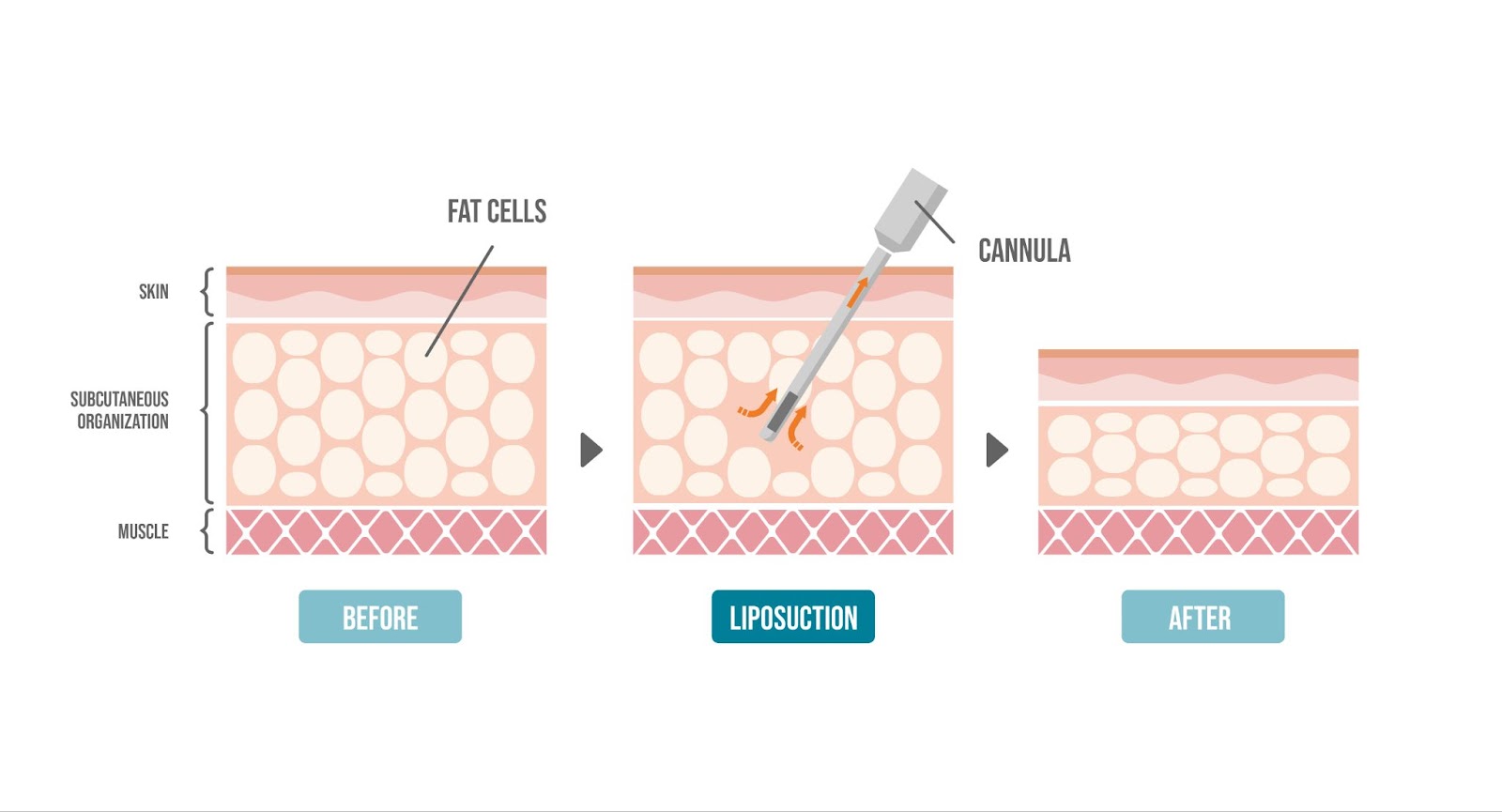
The technique involves inserting a thin cannula under the skin to remove fat. In most cases, a tumescent solution is injected beforehand to reduce bleeding and ease fat removal. From there, surgeons may use other technologies like laser, ultrasound, or motorized tools depending on the area being treated and the goals of the patient.
Areas That Can Be Treated with Liposuction
Different parts of the body hold onto fat in different ways. Some areas have more fibrous fat, while others have loose skin that may need extra tightening. The following breakdown highlights where liposuction on multiple areas is most commonly performed and what techniques tend to work best.
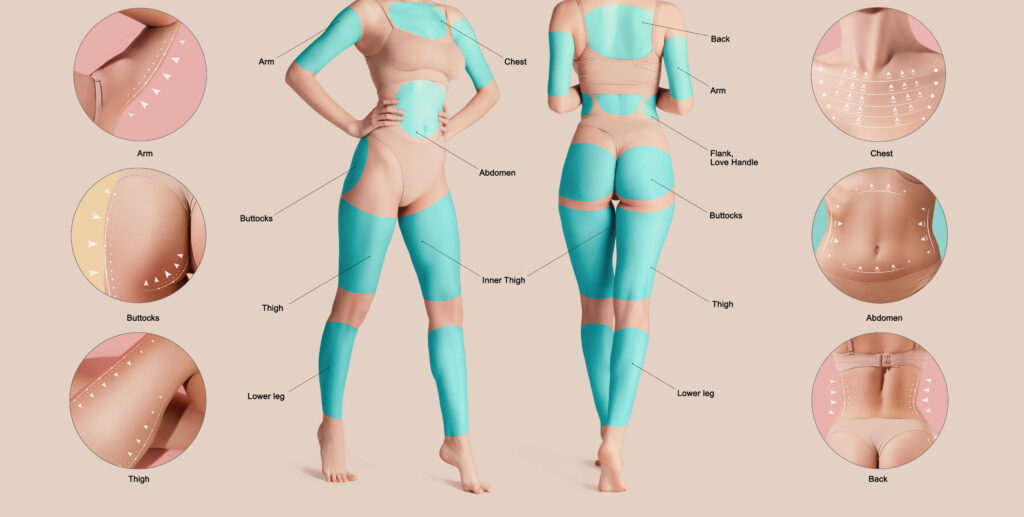
| Body Area | Technique | Why It Works |
| Face & Neck | Laser-assisted liposuction | Smaller cannulas help with tight spots, and laser energy supports skin tightening |
| Abdomen & Flanks | Tumescent; Ultrasound-assisted (VASER) | Tumescent is reliable for volume. VASER helps with definition in areas like the waist. |
| Thighs & Hips | Circumferential tumescent; Three-dimensional liposculpture | These methods address full circumference and smooth out transitions between inner, outer, and posterior thigh zones. |
| Back & Waist | Superficial liposuction with tumescence | Best for dense, fibrous areas like back rolls and for sculpting the lower waist. |
| Arms & Calves | Ultrasound-assisted liposuction | Breaks down fibrous fat to reduce uneven texture and improve shape. |
| Male Chest (Gynecomastia) | Syringe and machine-assisted techniques | Effective at removing both fatty and glandular tissue for a flatter, natural chest contour. |
| Multiple Areas (or Full-Body Lipo) | VASER; Power-assisted liposuction | Allows careful sculpting across larger areas or contiguous zones |
Treating Multiple Areas
Many people pursue whole-body lipo over time, either in a single procedure or across multiple sessions. Treating several areas at once can create a more balanced silhouette, but it also raises the risk of complications if not properly planned. Removing too much fat in one session can lead to fluid imbalance, slow recovery, or poor results. For that reason, surgeons often limit fat removal to safe volume thresholds and recommend staged treatment for larger transformations.
A seasoned liposuction surgeon will consider how your body’s proportions interact and advise whether to focus on isolated zones or a broader approach. If the goal is contoured liposuction that defines multiple areas, it takes thoughtful planning and a method that minimizes trauma while maximizing symmetry.
What Results to Expect by Body Area
- Face and Neck: Laser-assisted tools are preferred for their precision and ability to support natural skin retraction.
- Abdomen and Flanks: Tumescent liposuction works well for general fat removal, while VASER adds definition.
- Thighs and Hips: A circumferential approach allows balanced shaping and improved leg contours.
- Back and Waist: Superficial liposuction works well on back rolls and helps define the waist.
- Upper Arms and Calves: Ultrasound methods are best for breaking down dense fat and avoiding contour issues.
- Chest (Men): Combined manual and powered techniques allow for safe removal of both fat and glandular tissue.
- Full Body Fat Removal: Power-assisted and ultrasound tools allow surgeons to work across multiple areas without over-stressing the body.
Non-Surgical Alternatives
Some people explore no-surgery fat removal alternatives, especially if they want to avoid downtime. Tools like cryolipolysis (CoolSculpting), radiofrequency devices, or injectable fat dissolvers offer options with less risk, but also less impact. These treatments may be a good fit for people close to their goals who need refinement in one or two small areas. However, they are not a substitute for liposuction procedures, especially when large volume or precision sculpting is needed.
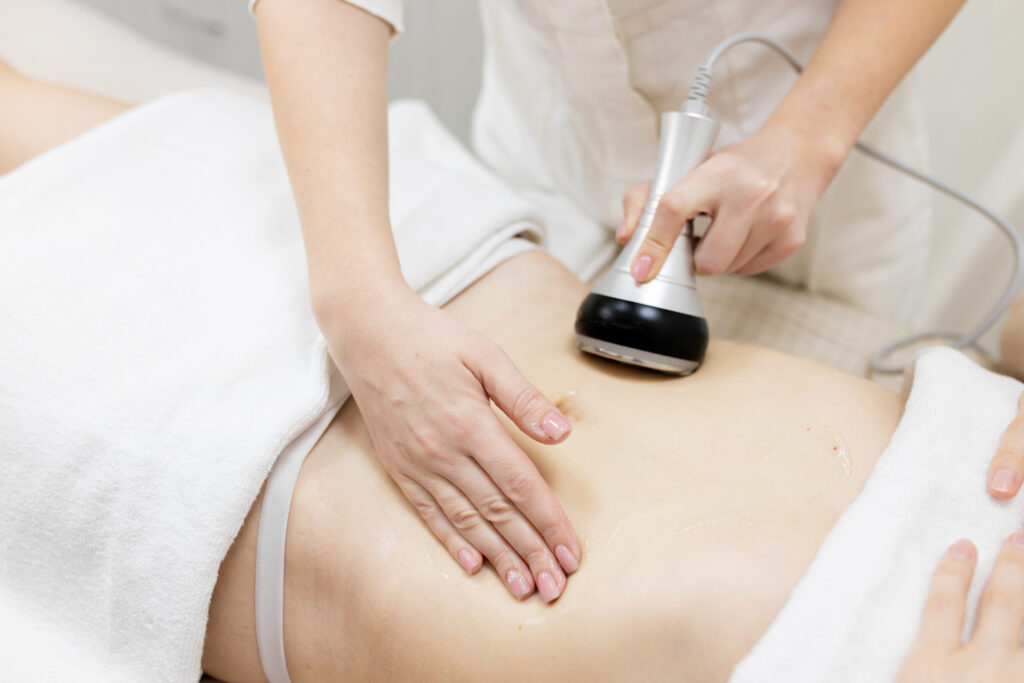
Another limitation: non-surgical treatments don’t significantly tighten skin. For areas with mild sagging, contoured liposuction methods like laser or VASER offer better results by supporting collagen production and helping the skin shrink back post-treatment.
Conclusion
Liposuction on multiple areas can be transformative, but it’s most effective when matched to the patient’s anatomy, goals, and health status. Whether the aim is a tighter neck, smoother back, or more defined legs, the technique matters just as much as the target area. Today’s liposuction procedures offer the flexibility to customize treatment across the full body.
The key is understanding which tools work where, and trusting your plan to a qualified professional. With thoughtful planning and modern technology, fat removal can be both safe and subtle, delivering long-term improvements that align with how you want to feel in your own body.
